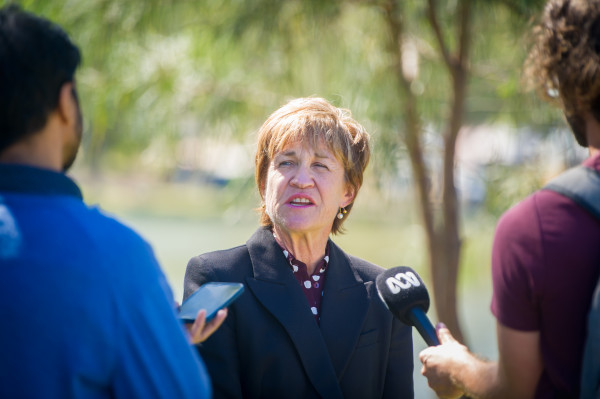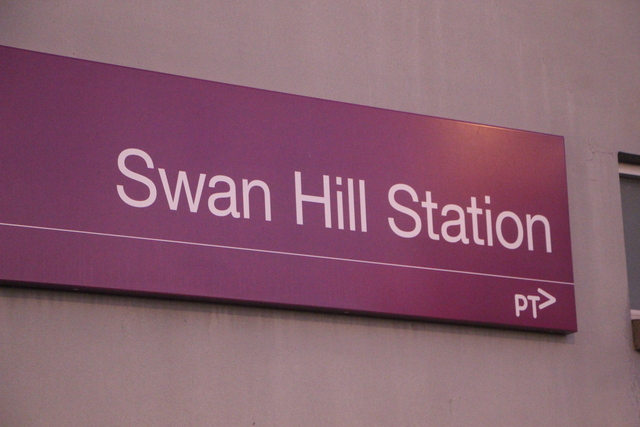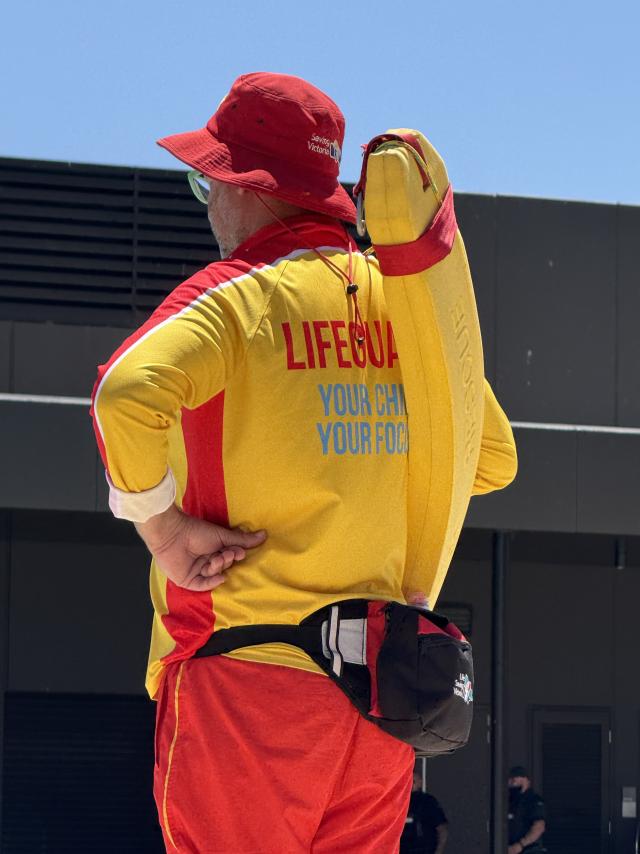INDEPENDENT Member for Murray Helen Dalton says the NSW Government’s response to the inquiry into floodplain harvesting report is “dishonest” and has questioned the government’s claims it uses independent modelling.
Mrs Dalton said while the NSW Government said in its response, released on Wednesday, that it fully or partially supported most of the inquiry’s recommendations, in practice it was “showing a middle finger” to lower Darling and Murray River communities.
The report of the NSW Legislative Council’s Select Committee on Floodplain Harvesting, published in December, made 25 recommendations to the State Government.
It recommended establishing up-to-date modelling of total water diversions, improving consultation with First Nations communities and ensuring all harvesting was fully monitored and measured before licensing the practice.
The government issued 132 floodplain harvesting licences in February.
In its response to the report, the government said it was committed to “fully transparent” reporting of its modelling and said Alluvium Consulting had independently verified the modelling of floodplain harvesting in the northern basin.
The government said the Murray-Darling Basin Authority had provided an additional review of its models for the Murray-Darling Basin Plan, a fact Mrs Dalton said failed to meet the criteria of independent review.
“The government claims its models have been independently verified,” Mrs Dalton said. “The MDBA is not an independent body.”
Mrs Dalton said the NSW Government’s claims it was consulting downstream and Indigenous communities were “not true” and said the process had been limited to “a select few”.
According to the government’s response, it would document its consultation program in a Cultural Considerations Report to be released mid-year.
Another recommendation by the inquiry was that the government ensure the NSW Water Register included information regarding the location, volume, ownership and licensing conditions of floodplains structures.
In response, the government said this information was “freely available” on the NSW Water Register. But Mrs Dalton rejected this.
“The information on floodplain structures and volumes held is not on the NSW Water Register,” she said. “The water held within irrigation schemes is all secret and not on the register.”
The government has estimated the implementation of its NSW floodplain harvesting policy would lead to a 25 per cent reduction in current floodplain harvesting across the northern basin.
Aside from saving 100GL, the government said it was providing an “accelerated compliance regime” for unapproved flood works in the northern basin through to June 2024.
The government said the current modelling of floodplain harvesting in the Border Rivers, Gwydir and Macquarie Cudgegong River systems indicated water take was within the limits of water-sharing plans. Further modelling information for the Barwon-Darling and Namoi Valleys is due to be released later this year.
The chief executive of the Nature Conservation Council, Chris Gambian, said the NSW Government’s manner of licensing floodplain harvesting risked “ecological collapse”.
He said the government’s response admitted that current floodplain harvesting diversions were harming the environment and negatively impacting communities and water users downstream.
“Despite knowing the impacts, the government are willing to licence large volumes of floodplain harvesting before ensuring that the water being taken can be accurately measured,” Mr Gambian said. “That shifts a massive amount of water away from the environment and communities to big irrigation agribusiness.”







